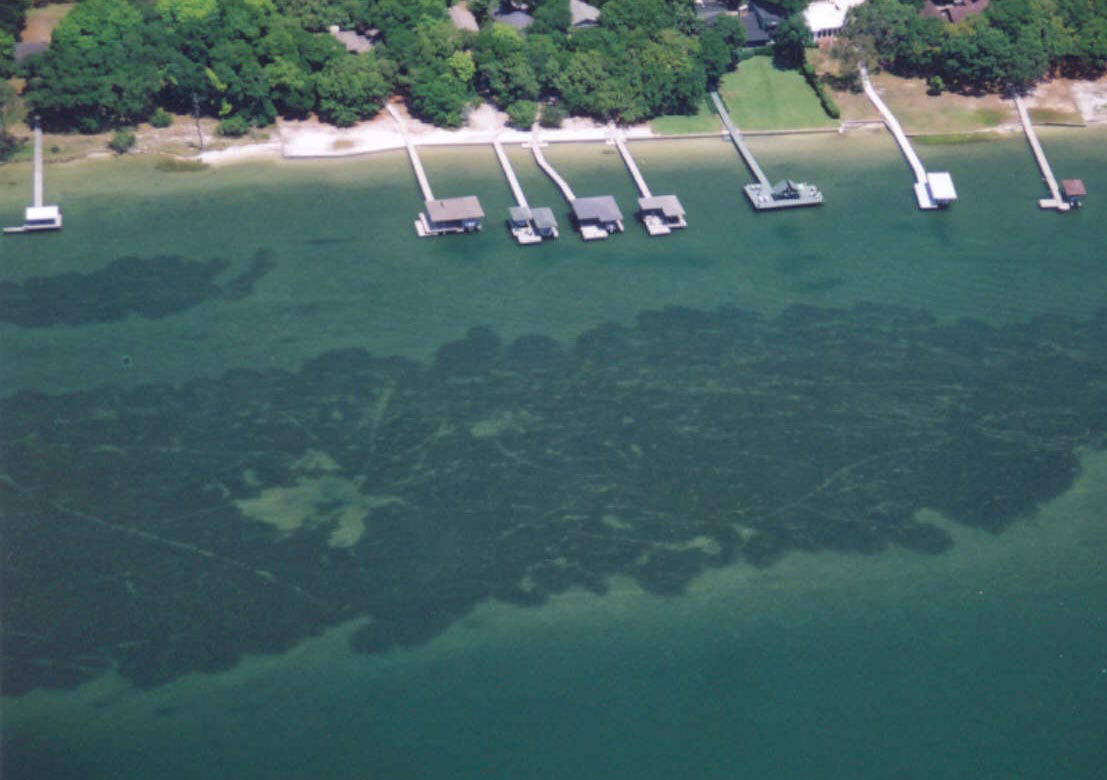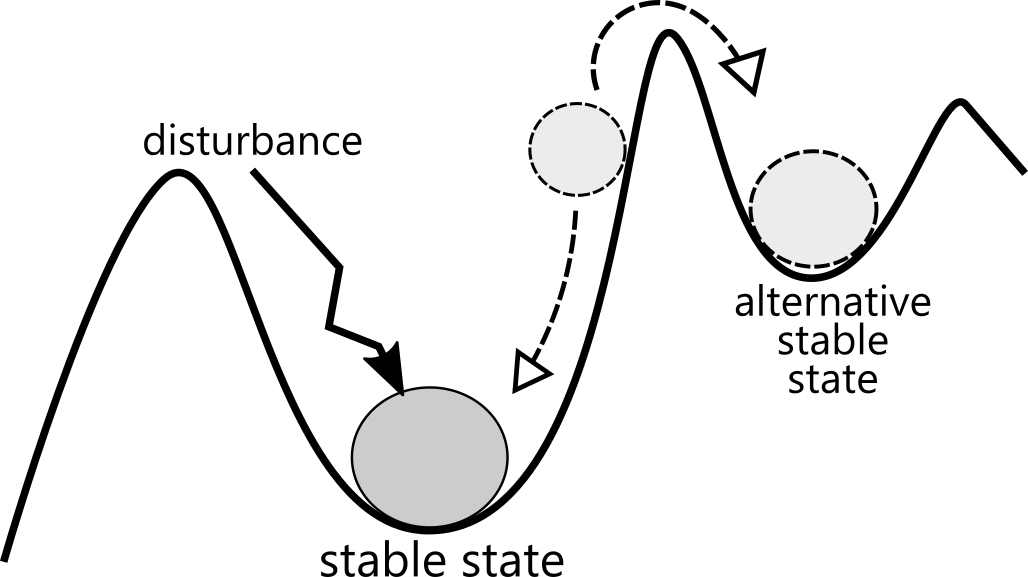

In this installment of Word Wednesday we examine how ecologists define disturbance.
The Deepwater Horizon rig explosion and subsequent oil spill was an unpredictable and uncommon event for the Gulf of Mexico. These characteristics – unpredictability and infrequent nature – are the qualities of what ecologists call a disturbance.
Both natural events and human impacts, such as hurricanes, extreme floods, fires, physical destruction, and even the invasion of non-native species are examples of other disturbances that occur in the Gulf. Frequently assumed in the definition of a disturbance is that the event is destructive or has negative impacts on the ecosystem. ACER scientists are investigating the impacts of the Deepwater Horizon oil spill on the coastal ecosystems of the northern Gulf in the context of ecological theories about disturbance.


A robust body of ecological theory has been developed for the concept of a disturbance. Its origin in the early 1900’s is based in the study of plant communities and assumed that ecosystems have a stable state or equilibrium configuration to which they return after a disturbance. Thus, you may hear plant ecologists speak of climax communities, a self-perpetuating assemblage of species for a given region. Theory says that after a small disturbance, the ecosystem would return to its stable state, but that after a large disturbance, a different or alternative stable state would develop.

As the field of ecology became more quantitative, the use of mathematical models, or sets of mathematical equations that represent processes, became commonplace and this idea of a stable state, which is more easily expressed mathematically, became embedded in theory.
In recent years, the term disturbance has become synonymous with the term perturbation. Thus, a perturbation is an event that causes an ecosystem to diverge from its stable state condition. Both terms have also become intertwined with the concept of resilience. An ecosystem that returns to its stable state after a disturbance or perturbation is more resilient that one which does not. There seems to be many factors that contribute to the resilience of a specific ecosystem. ACER scientists are investigating the extent to which diversity affects an ecosystem’s resilience. Click here to read more about the relationship between diversity and resilience.